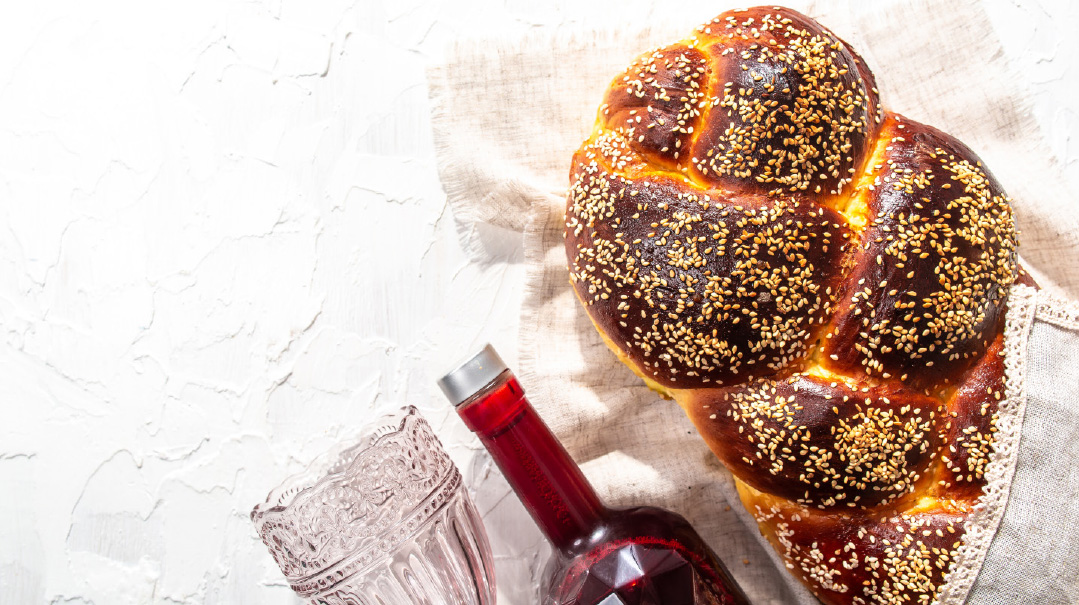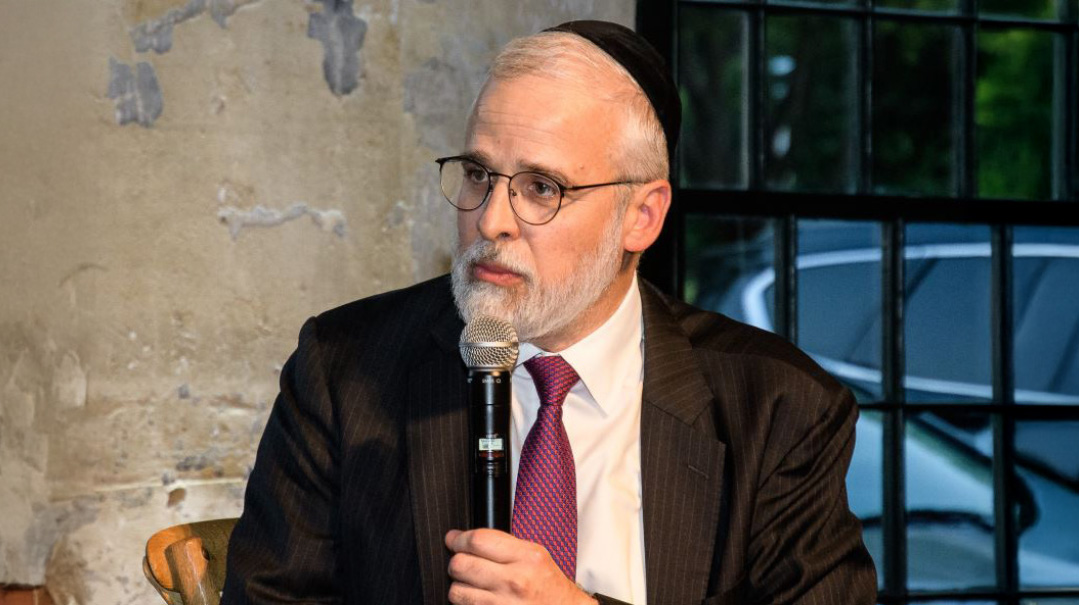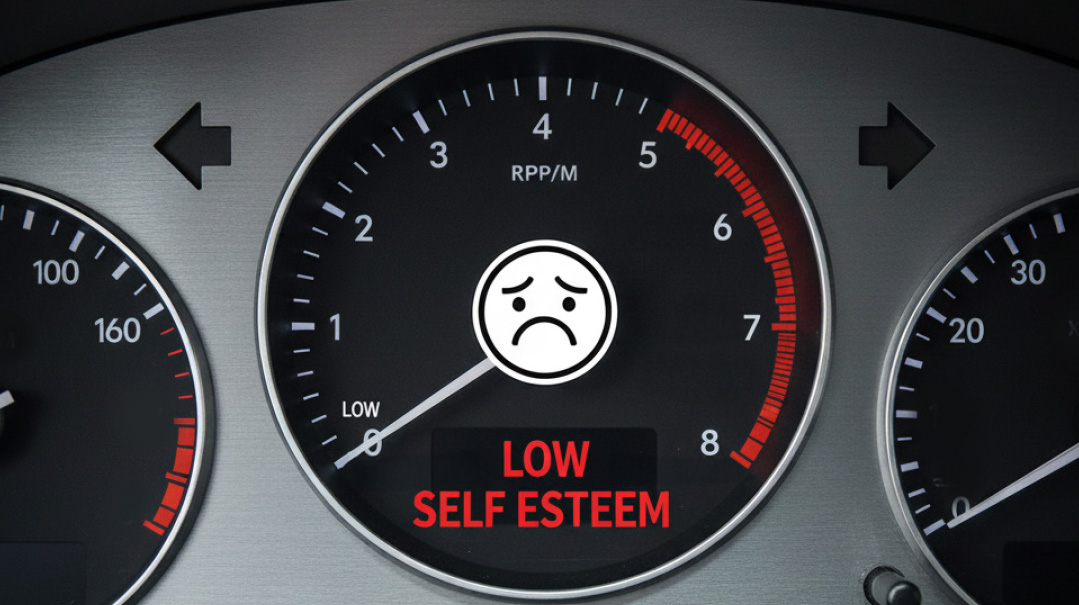The Magical Shabbos Table
| June 3, 2025Shabbos meals don’t have to be impressive. They just have to be real. And if they’re real — they’ll be magical

W
hen a well-known rosh yeshivah visited Montreal for a family simchah, he addressed a room full of kollel yungeleit and rebbeim. Everyone expected a classic talk on the value of limud Torah.
Instead, he surprised them.
“What made the biggest difference in my children’s lives?” he asked with a smile. “My Shabbos table.”
He talked about his Shabbos meals: the singing, the schmoozing, the laughter, the warmth.
“They already knew I was immersed in learning,” he said. “They didn’t need another shiur. They needed me. They needed the Shabbos table to feel like a place they wanted to be. They needed a geshmak environment.”
It’s a powerful idea — because kids don’t only remember what we say. They remember how it felt to be with us — especially at our Shabbos table. But before I share what this rosh yeshivah suggested to enhance our Shabbos meals, let’s first explore the goal of the Shabbos meal.
Shabbos is often described as a deeply spiritual day. The Arizal writes that each Jew on Shabbos has a special job to learn Torah, daven, and connect to kedushah.
At the same time, the Arizal also highlights that Shabbos is filled with food, rest, and physical pleasure — and not just as a means to an end. There’s a mitzvah to enjoy Shabbos physically — “oneg Shabbos.”
But how do these two ideas go together? If Shabbos is a time of soul, why does the menu matter?
This paradox also presents itself regarding concept of the neshamah yeseirah every Yid is granted for Shabbos. Rashi says that the neshamah yeseirah helps us enjoy Shabbos food more — giving us a broader heart, more joy, more peace of mind. The pleasure of the body is enhanced via the neshamah yeseirah.
The Ramban, though, says this neshamah yeseirah sharpens our mind and opens us to deeper spiritual experiences. It’s about expanding our connection to Torah and Hashem.
So who’s right? Is the neshamah yeseirah a physical ability, or a spiritual one?
The answer might be: It’s both.
The Two Lost Crowns
The Chasam Sofer (Derashos, Ki Sisa) explains that at Har Sinai, when Klal Yisrael said naaseh v’nishma, they were given two spiritual crowns.
After the sin of the Eigel, those crowns were taken away. But every Shabbos, we get a taste of them back, through the gift of the neshamah yeseirah. It’s a weekly reminder of what we once had — and what we can access again. The neshamah yeseirah is, in essence, the return of those two crowns for the duration of every Shabbos.
But what are these two crowns? The Maharsha (Shabbos 88) explains that the two crowns represent two gifts that emanated from us accepting the yoke of Torah, one physical and one spiritual:
- Keser Malchus— royalty, dignity, physical elevation
- Keser Kehunah— spiritual refinement, purity, sacred closeness
Seen in this light, Rashi and Ramban are not arguing, just describing two sides of the same coin:
the joy of the body, when elevated, becomes holy (Keser Malchus)
the joy of the soul, when nourished, becomes radiant (Keser Kehunah)
On Shabbos, we don’t have to choose between them. We can embrace both. And these are the two dimensions of Shabbos being referenced by the Arizal.
Making the Shabbos Table Count
With these goals firmly in mind, we can better absorb what the Rosh Yeshivah had to say. He ended his talk with a simple suggestion.
“If my wife was putting hours into making Shabbos meals,” he said, “I could take a few minutes to prepare the atmosphere.”
He had even written himself a short personal guide. Not a whole plan — just a few reminders to help the table feel like the heart of the home. Here are the six ideas he shared:
- Keep the meal moving. Don’t let the food or conversation drag. Keep it upbeat and flowing. No long speeches. Let the tone be light and positive.
- Be thoughtful about guests. Guests are a beautiful mitzvah— but sometimes, less is more. Choose people who will connect with your kids, not ignore them. Be selective.
- Let the kids help plan. Ask your children to choose one dish for the meal. It gives them ownership — and something to look forward to. And something to spice up the meal.
- Start a family debate. Bring up a fun or thought-provoking question. “Should kids be paid for chores?” “If you could ask Hashem one thing, what would it be?” Even young children enjoy weighing in.
- Add a new song. Alongside the classic zemiros, try introducing a catchy niggun every few weeks. Let the song you sing be one that speaks to you personally. I know someone whose Friday night highlight is when he sings his all-time favorite — “Joe DiMaggio’s Card” — at his Shabbos table. That’s what makes it meaningful. Let your kids sing loud. That’s how memories are made.
- Incentives. A treat. A compliment. Positive reinforcement and incentives build memories— and keeps everyone coming back for more.
Let’s be honest: Most Shabbos tables aren’t picture-perfect. Kids fight over seats. Something spills. Someone refuses to eat. A devar Torah is interrupted four times.
That doesn’t mean it’s not working.
The beauty of Shabbos is in the effort to show up, to gather around, and to try — week after week — to make it matter and make it enjoyable. Our children may not remember our divrei Torah. But they’ll remember the way the table felt. The songs. The jokes. The warmth.
Shabbos meals don’t have to be impressive. They just have to be real. And if they’re real — they’ll be magical.
Rabbi Aryeh Kerzner is the rav of Agudas Yisrael of Montreal and a noted posek and popular speaker. Many of his shiurim and speeches are available online. He is the author of the sefer Halachah at Home, published by ArtScroll/Mesorah
(Originally featured in Mishpacha, Issue 1064)
Oops! We could not locate your form.







